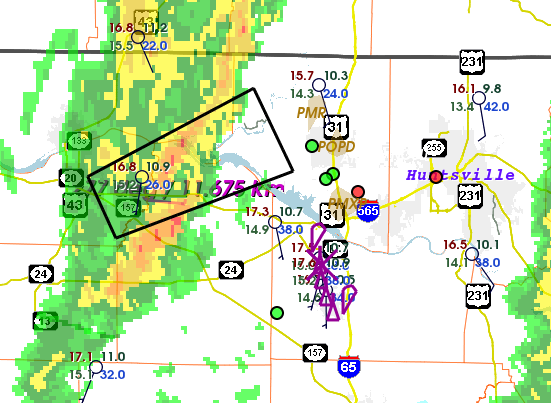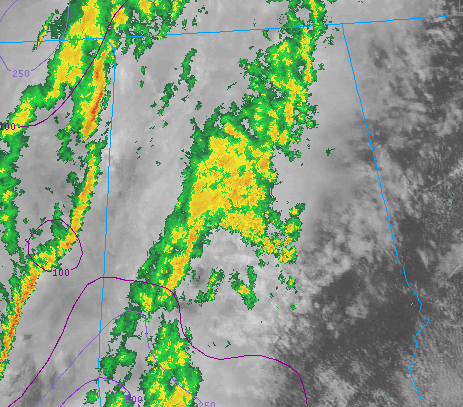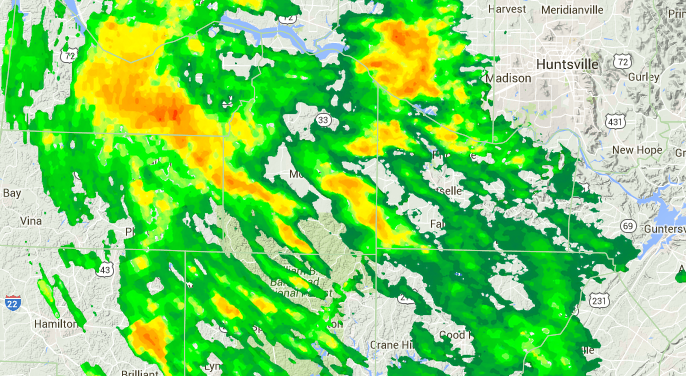STATUS: IOP
We have decided to have an IOP on Thur Mar 31. Based on current guidance, operations would commence around sunrise.
The system we are watching is forecast to have two phases… an early phase on Thur morning with very strong low-level shear but surface-based CAPE likely not present (but with considerable rain and thunderstorms feeding on potentially buoyant air aloft), and an afternoon-evening phase with a buildup of surface-based CAPE to > 1000 J/kg, but a steadily weakening low-level wind profile. These model details are uncertain, so the investigators have opted to declare an IOP. There is a chance that if the forecast becomes negative tomorrow, the IOP will be canceled at the 1 PM briefing.
Beyond this week’s event, there are no signs of significant severe weather potential in the first third of April.




